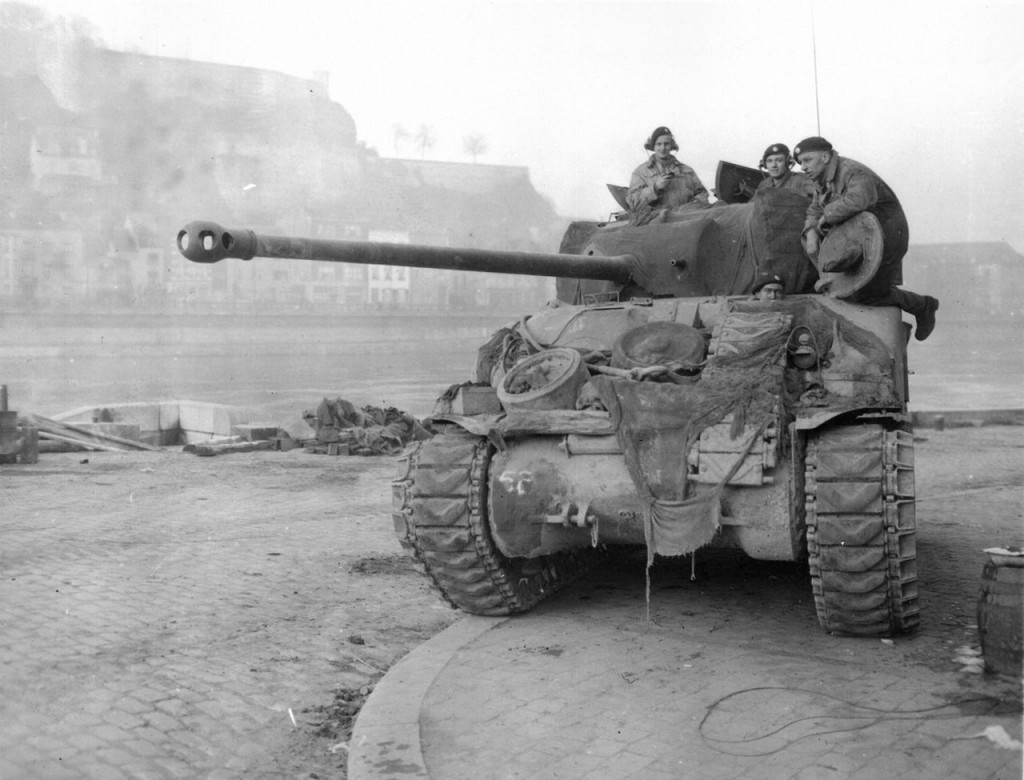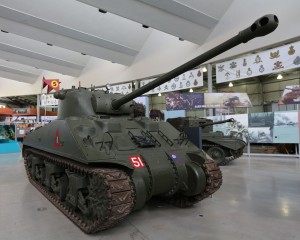 Sometimes it’s good to revisit your former homebrewing interests. My interest in types of beer has bounced around a bit throughout the years. Like many homebrewers, I’ve gone through some phases — big beer phases, session beer phases, hoppy beer phases, sour beer phases, etc.
Sometimes it’s good to revisit your former homebrewing interests. My interest in types of beer has bounced around a bit throughout the years. Like many homebrewers, I’ve gone through some phases — big beer phases, session beer phases, hoppy beer phases, sour beer phases, etc.
Around the time I started homebrewing — back in Boston in 1991 — I was interested in “regular” English ales, and especially pale ales. The full impact of the craft beer revolution hadn’t hit yet, and English ales such as Bass and Fuller’s ESB were still new, flavorful, and interesting. Plus, there was a brewpub there called Commonwealth Brewing that brewed excellent English-style ales. And additionally, the ingredients and information needed to brew decent renditions of English pale ales were available. So, it wasn’t really surprising that I brewed quite a few English pale ales, ESBs, and the like early on — to me they were “just plain beer” and I enjoyed them alongside the newer, hoppier American pale ales that were emerging.
Many years later, I developed a Fuller’s ESB clone. I based the clone on information published by Fuller’s and found in Les Howarth’s book, “The Home Brewer’s Recipe Database,” which listed the statistics and the percentages of ingredients for a wide variety of beers. Because yeast strains derived from the Fuller’s yeast strain are available to homebrewers, and the recipe is simple, a competent homebrewer can easily make a respectable clone of this beer.
I’m not really a clone beer guy, though, and so — in later brewings of this beer — I tried to tweak the recipe to suit my tastes rather than recreate Fuller’s ESB (which I can buy, if I want that exact beer). The result is this beer, that I’m now naming Firefly ESB. This is basically a Fuller’s clone, with a little added hop bitterness (40 IBU, as opposed to 35 IBU) and more late hops for more hop flavor and aroma. I also simplified the hop charges down to two types of hops — Target for bittering and Goldings for aroma hops. (Fuller’s ESB also has Northdown and Challenger in their formulation.) If you can’t find Target, any high-alpha English hop will work as a substitute. If you’re looking for a straightforward, flavorful English ale, this is good beer to brew. At around 6% ABV, it’s not a session beer, but it isn’t as strong as an old ale or barleywine either. (Plenty run-of-the-mill American IPAs are stronger than this.)
The name Firefly refers the “up-gunned” version of the American Sherman tank the British favored in late WWII. In 1943, when the Germans rolled out their late war tanks — the Panthers and Tigers — the British felt the standard 75 mm gun on the Sherman was inadequate and they replaced the Sherman’s main gun with a 17-pound anti-tank gun. (US forces upgraded some Shermans to a 76 mm high-velocity gun, but tried to rely on dedicated tank destroyers — most notably the M10 — to engage the newer German tanks.) Essentially, I named my beer — a British thing modified by an American — after the tank, which is an American thing modified by the British. A “balanced” name for a balanced beer.
Firefly ESB
by Chris Colby
All-grain; English units
DESCRIPTION
A slightly hoppier rendition of a homebrew Fullers ESB clone. The beer has a malty character, with some caramel flavor, balanced by 40 IBUs of hop bitterness. The aroma of Goldings hops completes the beer.
INGREDIENTS (for 5 gallons)
Malts and Grain (for an OG of 1.060 at 70% extract efficiency and 15 SRM)
9.0 lb. English 2-row pale
1.25 lb. flaked maize
1 lb. 2 oz. crystal malt (60 °L)
Hops (for 40 IBU total)
Target hops (35 IBU)
(0.93 oz. at 10% alpha acids, boiled for 60 mins)
Goldings hops (5 IBU)
(0.75 oz. at 5% alpha acids, boiled for 15 mins)
Goldings hops (0 IBU)
(0.75 oz., dry hop)
Yeast (for an FG of 1.014 and 5.9% ABV)
Wyeast 1968 (London ESB) or White Labs WLP002 (English Ale) yeast
(2-qt. yeast starter)
Other
1 tsp.Irish moss (boiled for 15 mins)
PROCEDURES
Mash at 153 °F in 14 qts. of water. Let the mash rest for 60 minutes. Mash out to 168 °F, if you can manage it. Recirculate and collect between 6.5 gallons and 7.0 gallons of wort — however much you can boil down to 5.0 gallons in 90 minutes. Boil wort for 90 minutes, adding hops at times indicated. Chill wort and transfer to fermenter. Aerate and pitch yeast. Ferment at 68 °F.
Firefly ESB
by Chris Colby
All-grain; metric units
INGREDIENTS (for 19 L)
Malts and Grain (for an OG of 1.060 at 70% extract efficiency and 15 SRM)
4.1 kg English 2-row pale
0.57 kg flaked maize
0.51 kg crystal malt (60 °L)
Hops (for 40 IBU total)
Target hops (35 IBU)
(26 g at 10% alpha acids, boiled for 60 mins)
Goldings hops (5 IBU)
(21 g at 5% alpha acids, boiled for 15 mins)
Goldings hops (0 IBU)
(21 g, dry hop)
Yeast (for an FG of 1.014 and 5.9% ABV)
Wyeast 1968 (London ESB) or White Labs WLP002 (English Ale) yeast
(2-L yeast starter)
Other
1 tsp.Irish moss (boiled for 15 mins)
PROCEDURES
Mash at 67 °C in 13 L of water. Let the mash rest for 60 minutes. Mash out to 76 °C, if you can manage it. Recirculate and collect between 25 L and 26 L of wort — however much you can boil down to 19 L in 90 minutes. Boil wort for 90 minutes, adding hops at times indicated. Chill wort and transfer to fermenter. Aerate and pitch yeast. Ferment at 20 °C.
—
Related Articles


I have learned over many years that the key to pulling this style off is to make sure that you use a good English crystal malt, not an American crystal malt……Also Maris Otter or Golden Promise base malt is a must…
Chris– what do you reckon the difference is between increasing the malt up to say 11 lbs and mashing at 149 F, vs. using flaked maize?
More base malt flavor, if you’re into that sort of thing.
Ettels; sure, but I don’t know if *really*. I’d love to taste the two methods side by side.
I think the difference would be small; you might get a bit more malty flavor, but nothing that wouldn’t be fine in an ESB.
I’m a sucker for a good story, and the tie-in with British mods to the Sherman tank had me all-in. I was looking for something different to brew, and this popped up in my head. I brewed it to be a little lower ABV (5.5%, 1.055 OG), and I have to say I’m pretty darn happy with the results! A nice firm (but not overwhelmingly so) bitterness with good caramel notes. Very satisfying! Thanks for the inspiration!
This is the first beer I’ve brewed since building my wort chiller, and now that I know how well that worked, a lager is now within reach. Been jonesing to try your Edge of Seventeen Maibock!